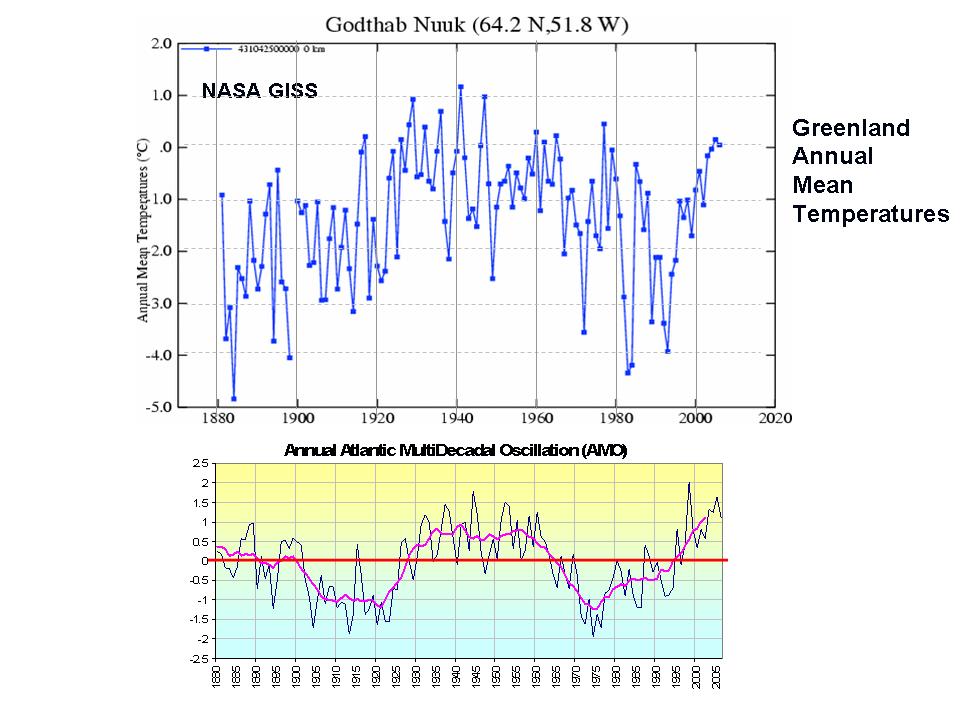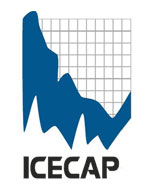The Washington Times
A misguided environmental-policy bill meandering through the Senate would slap U.S. businesses with pie-in-the-sky requirements for cutting greenhouse gases by unattainable amounts. The proposed bill introduced by Sens. Joe Lieberman, Connecticut independent, and John Warner, Virginia Republican, would require companies to scale back greenhouse-gas emissions to 2005 levels by 2012 and 1990 levels by 2020. Over the longer haul, the bill would mandate a 65 percent reduction in greenhouse emissions from 1990 levels by 2050. Companies that wish to exceed the greenhouse-gas limits would be allowed to purchase credits from companies whose emissions meet the standards, purportedly to offset their environmental impact.
Titled the “America’s Climate Security Act,” the bill’s end results would cause serious damage to our economic security and at best have a negligible impact on the world’s rising greenhouse-gas emission levels. It also does nothing to boost nuclear-energy development, one of the cleanest and most efficient energy sources. The bill fails to compensate and protect consumers from rising natural gas prices and harms job security by encouraging companies to move overseas to nations with less draconian standards. In short, the bill’s effects would land a crippling encroachment on U.S. power plants, factories and transportation sectors. One analysis by CRA International estimates the Lieberman-Warner bill will cost $4 to $7 trillion over 40 years.
The American Council for Capital Formation has concluded that the legislation’s emissions-swapping scheme would lead to “higher energy prices, lost jobs and reduced [gross domestic product].” During testimony before a House committee, Peter Orszag, director of the Congressional Budget Office (CBO), stated that such swapping programs known as “cap-and-trade” would create “windfall” profits — profits that have even been denounced by presidential candidate John Edwards. The CBO has also cautioned that “price increases would disproportionately affect people at the lower end of the income scale.” It is baffling that congressional Democrats, who never cease to spout their populist rhetoric, are ignoring such a clarion call for ensuring economic stability among low and middle-income families. Read more here.
By Agence France-Presse, 10 November 2007
Fresh from winning the Nobel Peace Prize, the UN’s top scientific panel on climate change will meet in the Spanish port city of Valencia Monday to finalize a landmark report on global warming and how to avoid its worst ravages. But beneath its newly-won fame, the Intergovernmental Panel on Climate Change (IPCC) is under intensifying scrutiny about some of its key processes.
Some voices, including from within the IPCC itself, fear the panel’s grand report will be badly out of date before it is even printed. Others quietly criticize the organization as being too conservative in its appreciation of the climate threat. The more forceful the panel’s conclusions, the more pressure it will put on policymakers to adopt measures—some of them politically costly—ranging from carbon taxes and mandatory caps on CO2 emissions to massive investment in renewable energy. Read more here.
Icecap Reality Check: The alarmists point to the shrinkage of the Arctic ice cap, glacier loss in Greenland, a surge in levels of atmospheric carbon dioxide (CO2) and an apparent slowing of Earth’s ability to absorb greenhouse gases, all of which are either false or can be explained by natural variability. Temperatures for example in Greenland declined from the 1950s to the late 1990s (while CO2 increased) and then rose in the last decade when the Atlantic warmed in its multidecadal cycle. Temperatures are still not as warm as the 1930-1940s there and the ice has been growing over much of the continent and only melting along the edges near the warmer water.

Greenland Annual Mean Temperatures at Godthab Nuuk compared to the Atlantic Multidecadal Cycle of Ocean Temperatures.
As for the arctic, NASA and the National Snow and Ice Data Center talked about an unusual weather pattern and flux of warm water from the Pacific and Atlantic as reasons for the decline in Arctic ice. A similar decline occurred in the 1930s and 1940s when the major oceans were last in their warm modes. The increase in anthgropogenic carbon dioxide has not led to any acceleration of atmospheric carbon dioxide as measured at Mauna Loa. The oceans control the carbon dioxide content (and the temperature of the air and oceans lead and not lag carbon dioxide). The colder oceans are serving as a buffer for the increased carbon dioxide output (see new study supporting this here). Given the ice free sections of the arctic last summer and low salinity and cold water from the melting of the record Antarctic ice coverage this past year, more absorption of carbon dioxide might be expected and the rate of increase may decline this year especially given the La Nina which means colder tropical water and less outgassing there.
By John McLean on SPPI
The common perception of the Intergovernmental Panel on Climate Change (IPCC) is tone of an impartial organization that thoroughly reviews the state of climate science and produces reports which are clear, accurate, comprehensive, well substantiated and without bias. One only needs examine some of its procedural documents, its reports and its dealings with reviewers of the report drafts to discover how wrong this impression is. The IPCC is not and never has been an organization that examines all aspects of climate change in a neutral and impartial manner. Its internal procedures reinforce that bias; it makes no attempts to clarify its misleading and ambiguous statements. It is very selective about the material included in its reports; its fundamental claims lack evidence. And most importantly, its actions have skewed the entire field of climate science.
Over the last 20 years and despite its dominance and manipulation of climate science, the IPCC has failed to provide concrete evidence of a significant human influence on climate. It’s time to call a halt to its activities and here are ten reasons for doing so.


